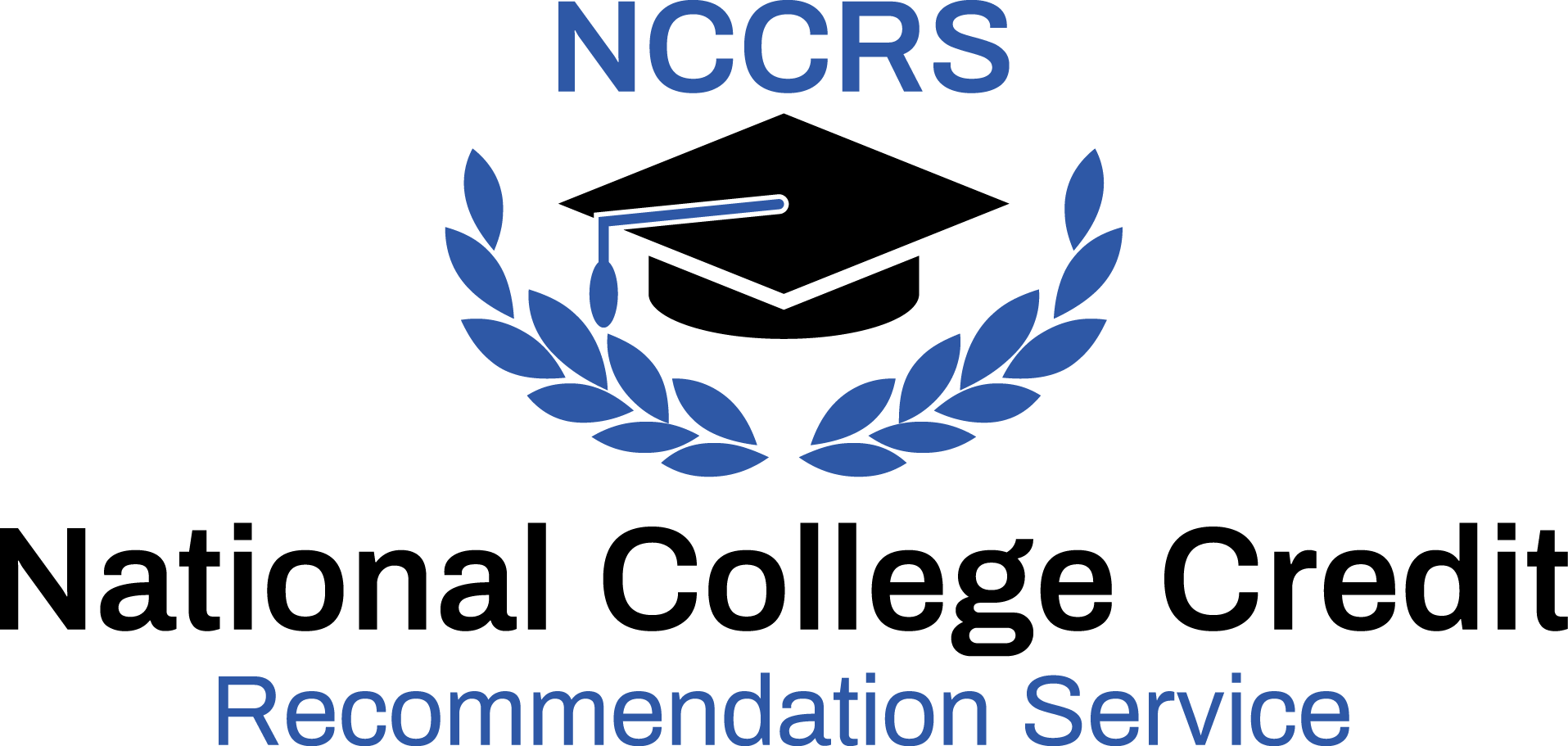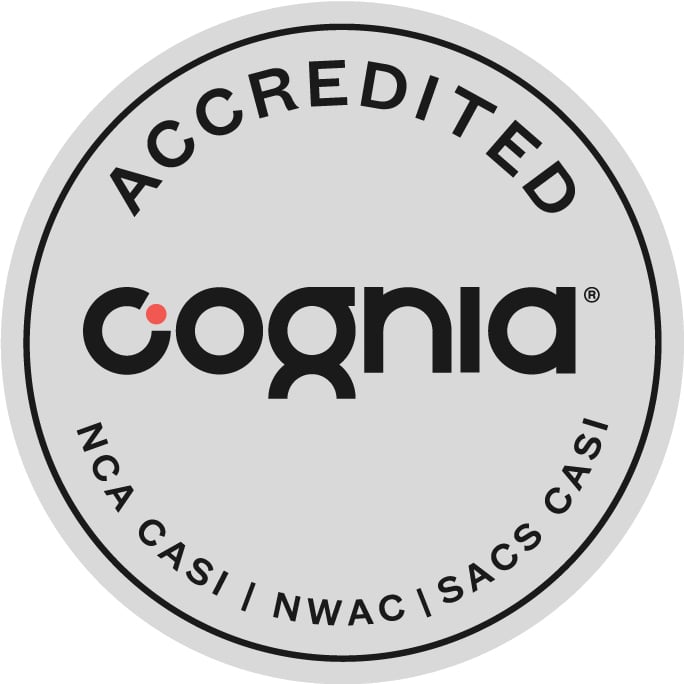Democratic leadership, also known as participative leadership, is one of the most effective leadership styles. The name of this leadership style is derived from the word “democracy,” which means “run by the people.”
Democratic leaders welcome and value others’ input, rely heavily on team participation, and facilitate discussions that enable multiple members of their group to weigh in on decisions.
Let’s explore some key attributes of democratic leaders, examples of democratic leadership in action, and how to find your leadership style.
Characteristics of the Democratic Leadership Style
There are many kinds of leadership styles, and each differs vastly from the next. The democratic leadership style works best for those who want their team to be involved with problem-solving and decision-making.
With this approach, the leader’s main goal is to boost employee engagement within their role and in the company – people who are actively involved in both are more likely to stay invested.
You may have a democratic leadership style if you:
- Encourage creativity and collaboration. Democratic leaders seek to get a wide range of perspectives and value the free flow of ideas. As a result, innovation and creativity are usually higher in teams with these leaders. Those with this style will usually create opportunities to collaborate, facilitate brainstorms, or get input from each group member before making a decision.
- Regularly ask for feedback. Democratic leaders ask for feedback and appreciate the opinions of others. They may ask for feedback about something in an open-ended way, or test ideas with the group by explaining their solution to a problem and then asking what the group thinks.
- Maintain a “team player” attitude. Because they prioritize collaboration, leaders with this style naturally value teamwork and will actively look for ways to guide and support their team as well as bring out this mindset in others. Leaders with this style may check in with their reports to ensure nothing is keeping them from completing their work, and will offer guidance and support throughout the duration of a project.
- Keep flexibility at the forefront. Leaders with this approach allow their team to do their work in their way. This may be done by delegating decisions to their team or trusting them to take charge in certain situations. While these leaders allow others to choose certain things, they’re still held accountable for their team’s results, so they may establish certain parameters or requirements to ensure everyone stays on track.
- Place high importance on transparency and communication. Democratic leaders keep the lines of communication open and share information with their team. This establishes a strong sense of trust, which strengthens the overall culture. Leaders with this style may tell their team about exciting new projects and ask for volunteers before assigning work.
Benefits of the Democratic Leadership Style
Leaders have a strong impact on company culture and the work environment. Studies have shown that democratic leadership generates high levels of productivity, creativity, team engagement, and a more collaborative, inviting work environment.
Organizations also benefit from democratic leaders. Due to getting multiple opinions, feedback, and perspectives, leaders are able to make high-quality informed decisions that set the company and their team up for success.
Plus, since employees are much more engaged in and satisfied with their roles and the company, the organization is likely to see lower turnover rates.
Challenges of the Democratic Leadership Style
It can take a good amount of time and effort to get others’ input, reach a consensus, and facilitate collaboration. In situations where a decision needs to be made quickly or these discussions aren’t time- or cost-effective, this tactic may not be efficient.
This leadership style is also not ideal for situations where the organization can’t afford mistakes, as members of the group are given a lot of autonomy and trusted to make good decisions.
In addition, some members of the group may not have the expertise, visibility, or knowledge to weigh in on certain matters in a helpful way. This, coupled with multiple people providing ideas, can potentially cause some team members to feel like their input isn’t considered.
How To Find Your Leadership Style
You can find your leadership style in many different ways – from conducting your own research to taking quizzes and assessments. Each leadership style—from servant leadership to transformational leadership and many more—has advantages, challenges, and ideal settings.
Leadership styles aren’t one-size-fits-all, and it’s likely that your style will evolve as you do. Identifying your leadership style is the first step to improving your effectiveness as a leader. Once you’ve identified your style, what’s next?
Leadership development can help you hone your skills so that you’re able to lead better than ever before. The National Society of Leadership and Success (NSLS), is an accredited leadership honor society focused on building better leaders. Through the program, students have been able to identify their leadership style and improve upon it to set themselves up for success.
Learn about our member experience to get an idea of what you can expect as a member of the NSLS and how our curriculum can help you lead well.









